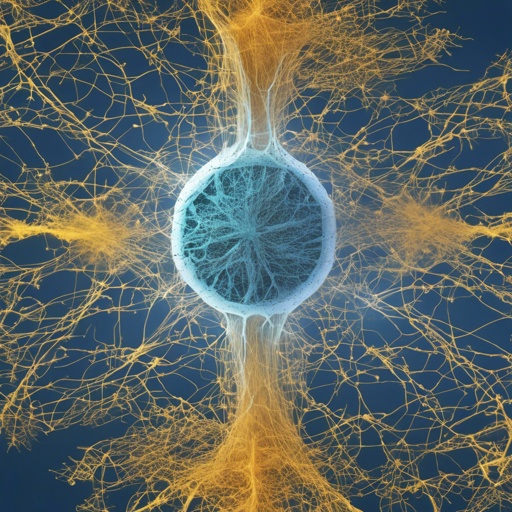The Dendrite-L3-10B model is an experimental AI model built using innovative techniques to merge different layers from various models. While it promises exciting capabilities, keep in mind that results from this model cannot be guaranteed. In this article, we’ll delve into how you can use the Dendrite-L3-10B effectively and address potential troubleshooting issues you may encounter.
What is Dendrite-L3-10B?
Similar to the Libra-19B, Dendrite-L3-10B combines multiple layers from a base model and additional layers from a donor model. Specifically, the base model is Poppy_Porpoise-DADA-8B, and the donor model is Llama-3-8B-Instruct-DADA. The approach involves stacking layers in reverse order, finetuning them for ten epochs at a low learning rate using the Dendrite dataset.
Understanding the Code Configuration
To give you a clear understanding of the configuration for this model, let’s use an analogy. Imagine building a sandwich with multiple layers — each ingredient represents a layer from a model. In this case, you are creating a unique sandwich using the flavors from Poppy_Porpoise and Llama-3, layering them in a specific sequence to achieve the desired taste.
The code for merging these layers looks something like this:
slices:
- sources:
- model: .Poppy_Porpoise-DADA-8B
layer_range: [0, 32]
- sources:
- model: .Llama-3-8B-Instruct-DADA
layer_range: [7, 8]
- sources:
- model: .Llama-3-8B-Instruct-DADA
layer_range: [6, 7]
- sources:
- model: .Llama-3-8B-Instruct-DADA
layer_range: [5, 6]
- sources:
- model: .Llama-3-8B-Instruct-DADA
layer_range: [4, 5]
- sources:
- model: .Llama-3-8B-Instruct-DADA
layer_range: [3, 4]
- sources:
- model: .Llama-3-8B-Instruct-DADA
layer_range: [2, 3]
- sources:
- model: .Llama-3-8B-Instruct-DADA
layer_range: [1, 2]
- sources:
- model: .Llama-3-8B-Instruct-DADA
layer_range: [0, 1]
merge_method: passthrough
dtype: float16In this ‘sandwich’, each “layer” is designed to contribute its unique flavor to the final product. This process is termed as ‘merging’ and is crucial for ensuring the model’s effectiveness.
Optimizing Performance
To maximize the Dendrite-L3-10B model’s performance, follow these recommendations:
- Uncheck the “skip special tokens” option on your front-end interface.
- Add eot_id to your custom stopping strings to ensure proper sentence termination.
- Utilize assistant-style prompt templates and experiment with different Llama-3 prompt structures for optimal results.
Troubleshooting Common Issues
While using the Dendrite-L3-10B model, you may encounter some challenges. Here are a few troubleshooting ideas:
- If you notice unexpected outputs, ensure you didn’t skip special tokens during setup. This can significantly affect the model’s performance.
- For issues related to response quality, try fine-tuning the custom stopping strings and prompt templates.
- Regularly check for updates on the model’s repository for any fixes or improvements that may address existing issues.
For more insights, updates, or to collaborate on AI development projects, stay connected with fxis.ai.
Final Thoughts
At fxis.ai, we believe that such advancements are crucial for the future of AI, as they enable more comprehensive and effective solutions. Our team is continually exploring new methodologies to push the envelope in artificial intelligence, ensuring that our clients benefit from the latest technological innovations.

